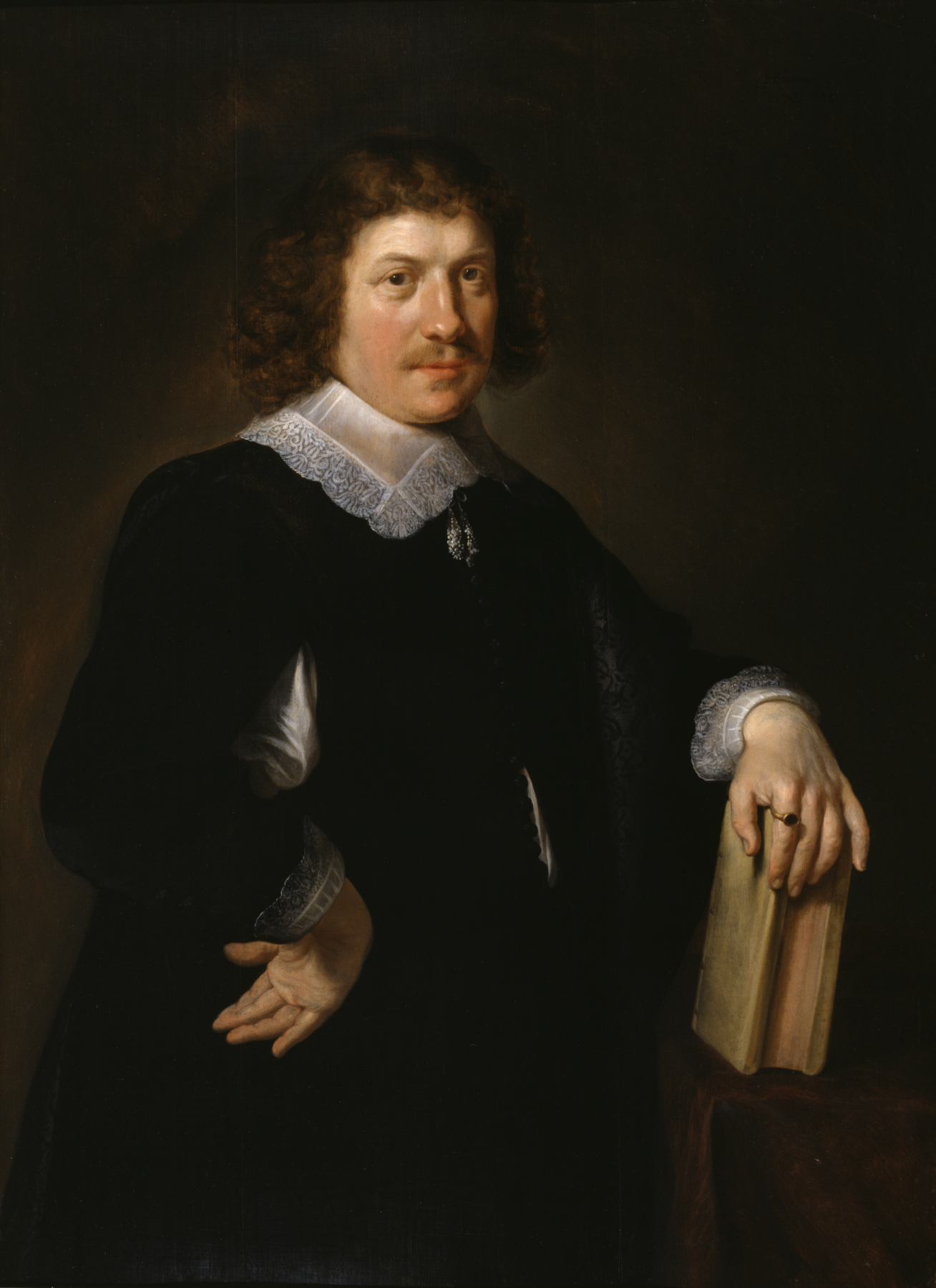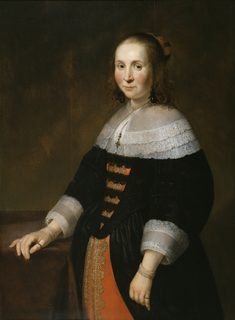Portrait of a Man (with his Wife)
(Baroque Europe )
Double portraits of a husband and wife from middle-class families, not just the aristocracy, were more popular in the Dutch Republic than elsewhere in Europe, in part because of the higher status of women. Such portraits, commissioned for the home, honored family members by preserving their likenesses and reflecting their social positions through attire-here, elegant but conservative costumes of silk and lace complemented by pearls from the East Indies. Their body language suggests their respective roles. The man's hand on his hip with elbow out expresses his assertive, protective role towards his wife.
Hendrik was the son of the famous artist Abraham Bloemaert. The father did no portraits, thinking it no challenge to copy what was in front of him, but Hendrik was known for his portraits as well as for religious and peasant subjects.
Provenance
Provenance (from the French provenir, 'to come from/forth') is the chronology of the ownership, custody, or location of a historical object. Learn more about provenance at the Walters.
Justice James A. Murnaghan, Dublin; Walters Art Museum, 1973, by gift [from the Dr. Francis D. Murnaghan Fund].
Exhibitions
| 1995-1996 | Going for Baroque. The Walters Art Gallery, Baltimore. |
Geographies
Netherlands, Utrecht (Place of Origin)
Measurements
66 15/16 x 30 11/16 in. (170 x 77.9 cm)
Credit Line
Gift of the Dr. Francis D. Murnaghan Fund, 1973
Location in Museum
Charles Street: Second Floor: 17th-Century Dutch Cabinet Rooms
Accession Number
In libraries, galleries, museums, and archives, an accession number is a unique identifier assigned to each object in the collection.
In libraries, galleries, museums, and archives, an accession number is a unique identifier assigned to each object in the collection.
37.2495



